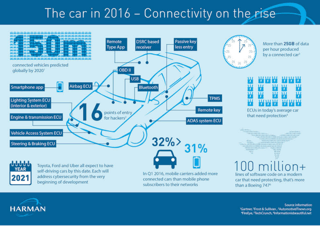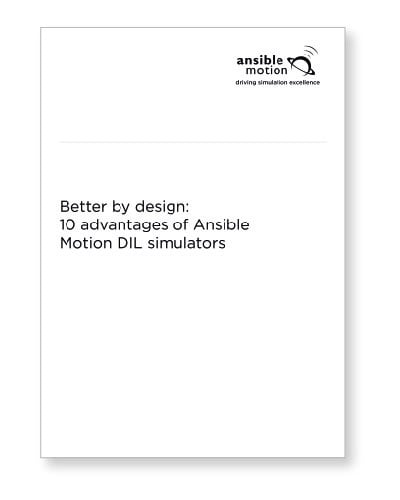 Frustrated your existing car doesn’t connect seamlessly to your latest phone? Desirous of better fuel economy (or fuel economy monitoring)? To keep pace with consumers’ demands in the real world, the global automotive industry is relying on a more ‘virtual’ world of development.
Frustrated your existing car doesn’t connect seamlessly to your latest phone? Desirous of better fuel economy (or fuel economy monitoring)? To keep pace with consumers’ demands in the real world, the global automotive industry is relying on a more ‘virtual’ world of development.
Since the late 1970s car manufacturers have trumpeted the use of computer technology to design and build better cars. Whilst there was a considerable marketing spin to many of the earliest claims, today’s strides in computing power mean the last forty-odd years may have simply been just a warm-up to the digitisation the automotive industry is embracing.
Digitisation is increasingly having an impact at every stage of the life-cycle of a car with major ramifications for the way they are designed and validated. The appeal to the car industry to look towards developing vehicles in a virtual world is, perhaps unsurprisingly, the potential cost savings it offers alongside the gains in time that are possible.
Instant Gratification
Accustomed to the flexibility of today’s smartphones, consumers increasingly expect the very latest products and services inside their cars. In the near future, say the next three years, the car you buy at the dealership might not have the same options as the one you had just two years back. Just like a phone, you will likely customise new features and/or services. To keep pace, car manufacturers are working with innovative suppliers such as infotainment giant HARMAN who is developing 'flexible electronics' and pioneering ‘over the air’ (OTA) updates to add or improve what cars can offer.




